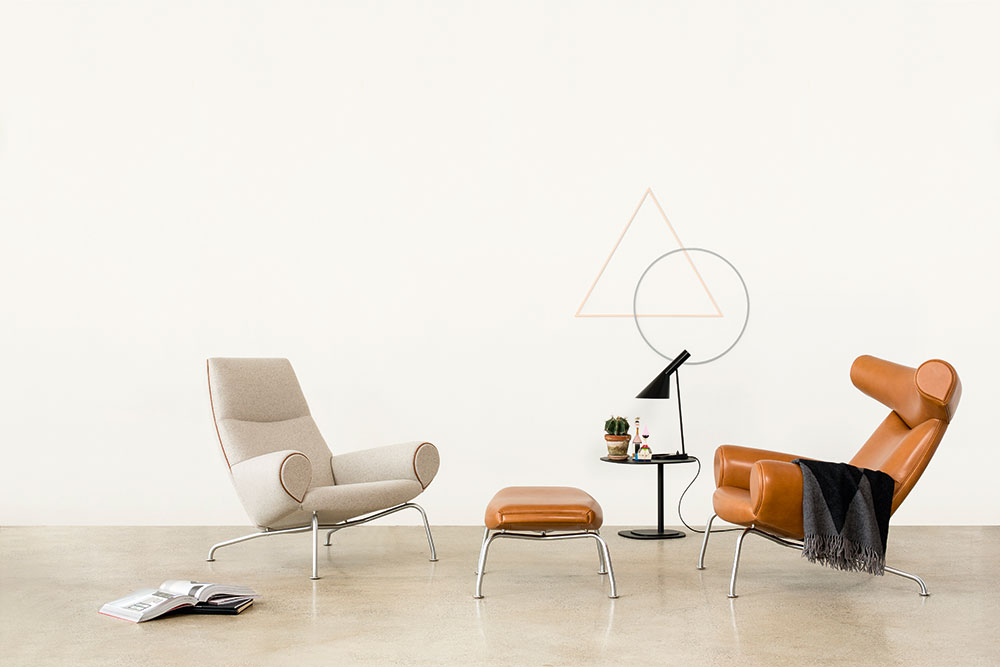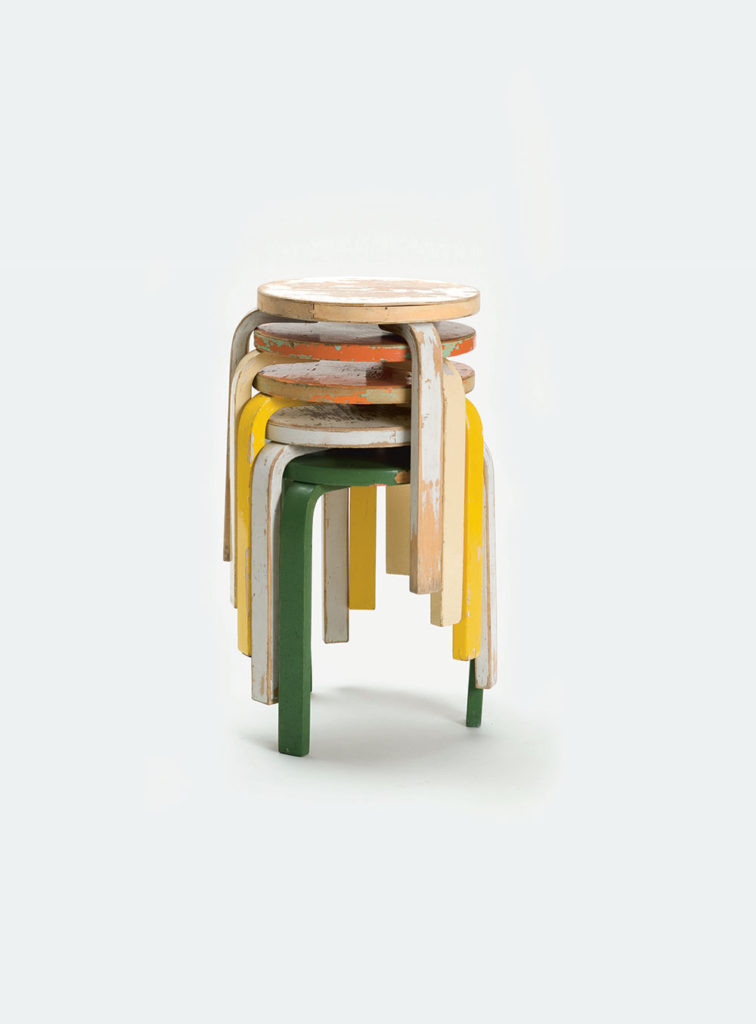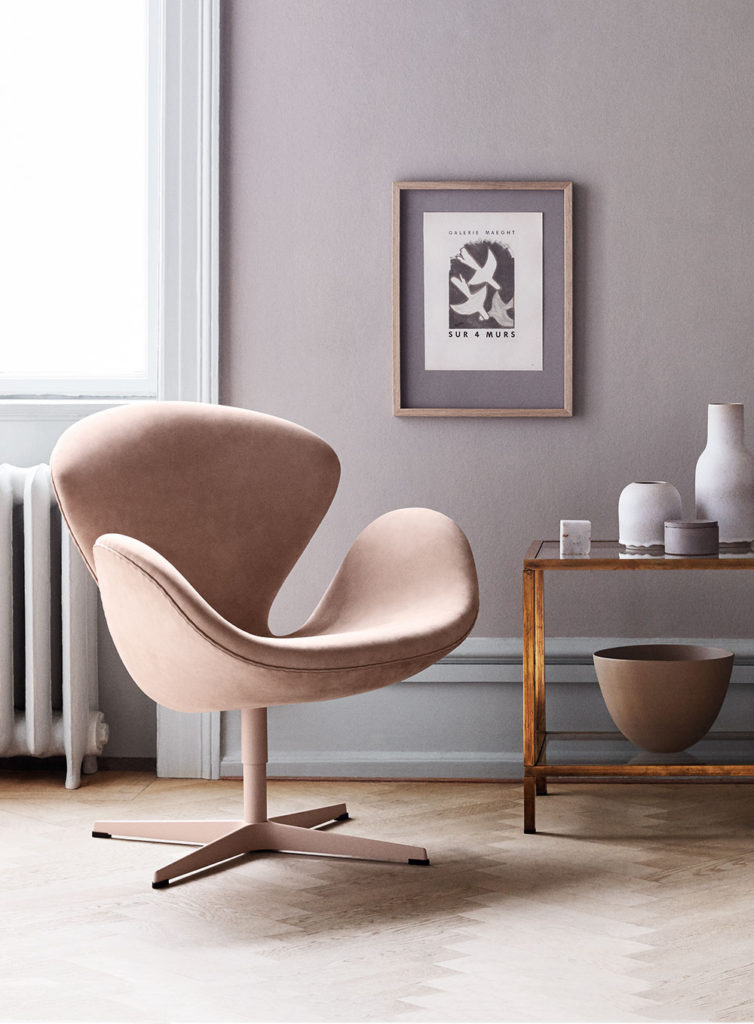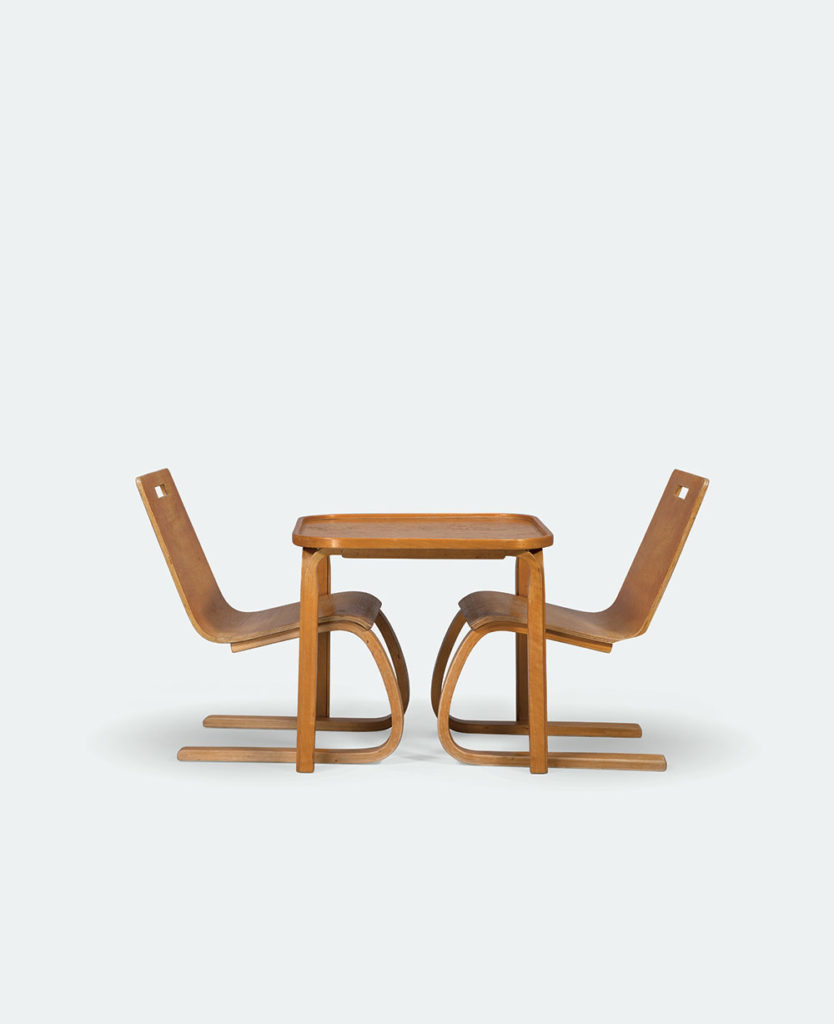How the considered design principles of Norway, Denmark, Sweden and Finland reflect thoughtful ways of living

The Swedish have an expression, den röda tråden (the red thread), which they use to describe the essence of something. The ‘red thread’ might run through a particular style, cultural identity or shared experience. In other words, it is a through line; a narrative device and one that speaks to our impulse for storytelling. In a new book that borrows its title from the saying– The Red Thread: Nordic Design – the authors write: “In no other practice is this red thread brighter, tauter and more apparent than in Nordic design.”
Looking at the stellar design legacy of Norway, Denmark, Sweden and Finland, such a claim is hard to deny. Lifestyle is Scandinavia’s greatest export. This is in part because the region’s design is all-encompassing. From furniture to lighting to tableware, design in this part of the world reflects thoughtful ways of living, and is marked by functionality, simplicity and an emphasis on natural materials. Most of us are familiar with some of its prototypes: three-legged stools from Finland, sheepskin rugs from Norway and Denmark’s innumerable armchairs. Each is a studied reminder of the power of design in everyday life.
Taken from the pages of The Red Thread, here are some words of wisdom which highlight the significance of the Nordic approach.

Design to Improve Life
“When Nordic designers sit down to work on a thermos flask, a set of cutlery or a frying pan, they will likely approach the task with the same degree of seriousness as they would bring to designing a motorway overpass. Every single detail is considered and many different solutions are tested; the Nordic designer’s common mission is to investigate how to make an object as streamlined, safe and user-friendly as possible.”

Design to Improve Spaces
“The Nordic interest in holding onto good things and passing on heirlooms is explained, in part, by practicality, not necessarily sentimentality. Things are kept because they are useful and, although there are exceptions, the rest is largely jettisoned. A Nordic home must have a sense of clarity; there should be space between furniture as well as underneath it it; walls are often left bare and, even when more furniture could be squeezed in, restraint is practised. Rather a few good pieces than many mediocre ones.”

Design to Improve Relationships
“Nordic designers are known for their social commitment. This concern became particularly prominent in the twentieth century, when many were intrinsically involved with forging the region’s welfare states, designing objects to make everyday life easier, more balance and more beautiful. Seeing design as a process of ‘problem solving’ has become commonplace in the industry today; but it was architects, designers and indeed even craftsmen from Norway, Denmark, Sweden and Finland who set the precedent for this, long before think tanks and design labs came along.”
The Red Thread: Nordic Design by Oak Publishing is out on 22 May, published by Phaidon





